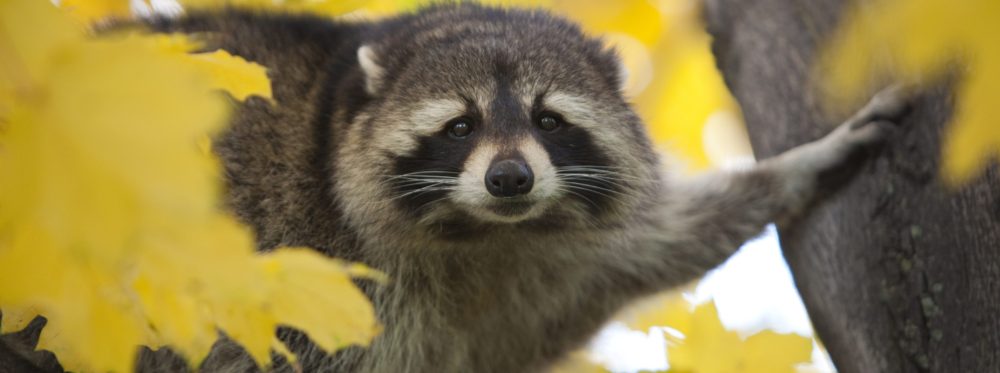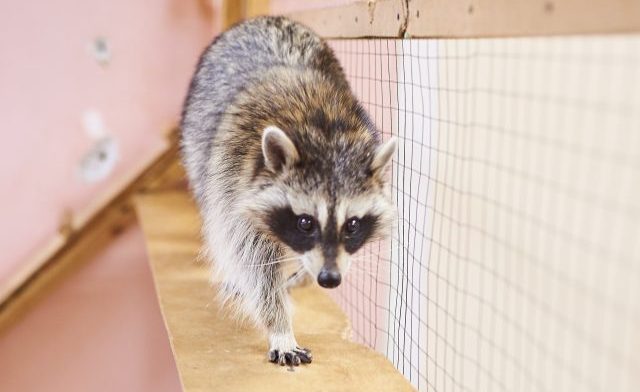Wild animals are common carriers of the Rabies virus. Many species, especially raccoons, can pass the virus along to other animals and humans through saliva, blood, and other bodily fluids. If you have a curious pet that likes to explore the yard, or you work in a field that may expose you to exotic wildlife like bats and raccoons, it is important to get vaccinated.
Continue reading to learn what you need to know about rabies vaccines, for both people and pets.
Rabies Vaccines for Pets
The Kentucky Administrative Code statute states that all dogs, cats, and ferrets must be vaccinated at 4 months of age, and then re-vaccinated annually, and then re-vaccinated according to manufacturer’s instructions. Pet vaccinations must be administered by a licensed and accredited veterinarian.
Rabies Vaccines for Humans
All cases of rabies in humans were fatal until the vaccine was invented in the early 1900’s. Now, if a person is ever infected with Rabies, they can go to the emergency room and receive effective treatment to stop the virus from multiplying. Rabies vaccinations for children and adults are inexpensive and can be outsourced at any local clinic or medical office. Families can also contact passport health clinics and speak with health travel medical specialists about receiving vaccinations for the rabies virus. Even after exposure, a rabies vaccination can be given to a human for added assurance and protection.
Oral Rabies Vaccines – ORV’s
The U.S. Department of Agriculture’s Animal and Plant Health Inspection Service, as well as their Wildlife Services department, have been working together or many years to overcome the rabies epidemics plaguing our pets and animals in our nature’s wildlife. For this reason, over the past few decades many states have utilized oral rabies vaccines (ORV’s) in an attempt to control the spread of the rabies virus among their local wildlife.
Rabies Vaccination Schedules
Pre-Exposure Schedule:
⇀ Three Doses Total
⇀ 2nd Dose Administered 7 Days Following First Dose
⇀ 3rd Dose Administered 21-28 Days Following First Dose
Post-Exposure Schedule:
⇀ Four Doses Total Plus One Additional Shot
⇀ 2nd Dose Administered 3 Days Following First Dose
⇀ 3rd Dose Administered 7 Days Following First Dose
⇀ 4th Dose Administered 14 Days Following First Dose
⇀ Additional Shot of Rabies Immune Globulin with First Dose
Post-Exposure Schedule for Someone Previously Vaccinated:
⇀ Two Doses Total
⇀ 2nd Dose Administered 3 Days Following First Dose
⇀ Rabies Immune Globulin Dose Not Necessary
How to Protect Yourself
To best avoid potential exposure to the rabies virus, it is important to avoid contact with wild animals. This includes injured or orphaned ones. If you have raccoons on your property, contact a local animal control service to have them safely and humanely removed.



